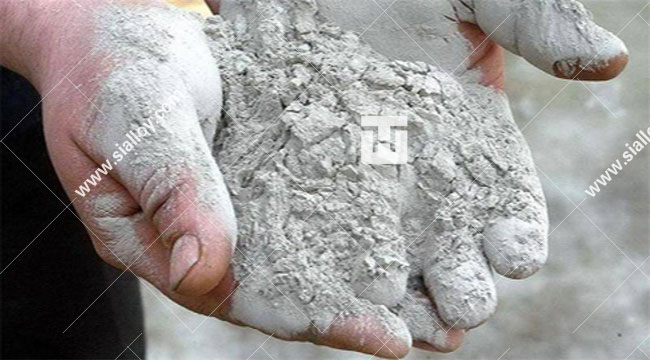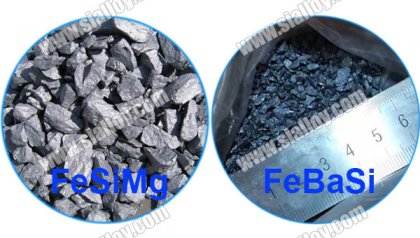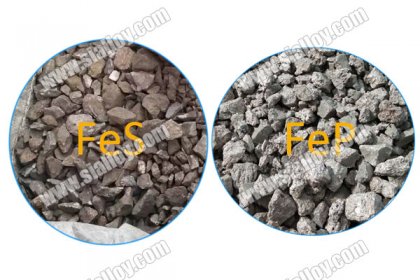Silica Fume for Concrete
The silica fume can fill the pores between cement particles, and at the same time generate gel with hydration products, and react with alkaline material magnesium oxide to generate gel. In cement-based concrete, mortar and refractory castables, blending the appropriate amount of silica fume can play the following roles:
1. Significantly improve the performance of compression resistance, bending resistance, impermeability, corrosion resistance, impact resistance and wear resistance.
2. It has the functions of retaining water, preventing segregation and bleeding, and greatly reducing the resistance of concrete pumping.
3. Significantly extend the service life of concrete. Especially in harsh environments such as chloride salt erosion, sulfate erosion, and high humidity, the durability of concrete can be doubled or even increased several times.

4. Significantly reduce the ground ash of sprayed concrete and castable, and increase the thickness of a single spray layer.
5. It is an essential component of high-strength concrete, and has been applied in engineering of C150 concrete.
6. It has about 5 times the effect of cement. It can be used in ordinary concrete and low cement castables to reduce costs and improve durability.
7. Effectively prevent concrete alkali aggregate reaction.
8. Improve the compactness of cast refractories. When coexisting with Al2O3, it is easier to form a mullite phase, which makes its high temperature strength and thermal shock resistance enhanced. 9. It has a strong volcanic ash effect. When mixing concrete, it can undergo a secondary hydration reaction with the cement hydration product Ca(OH)2 to form a gelled product, fill the cement stone structure, improve the microstructure of the slurry, and increase The mechanical properties and durability of the hardened body.
10. Micro silica powder is amorphous spherical particles, which can improve the rheological properties of concrete.
11. The average particle size of silica fume is relatively small and has a good filling effect. It can be filled between the voids of cement particles to improve the strength and durability of concrete.
 中文
中文


